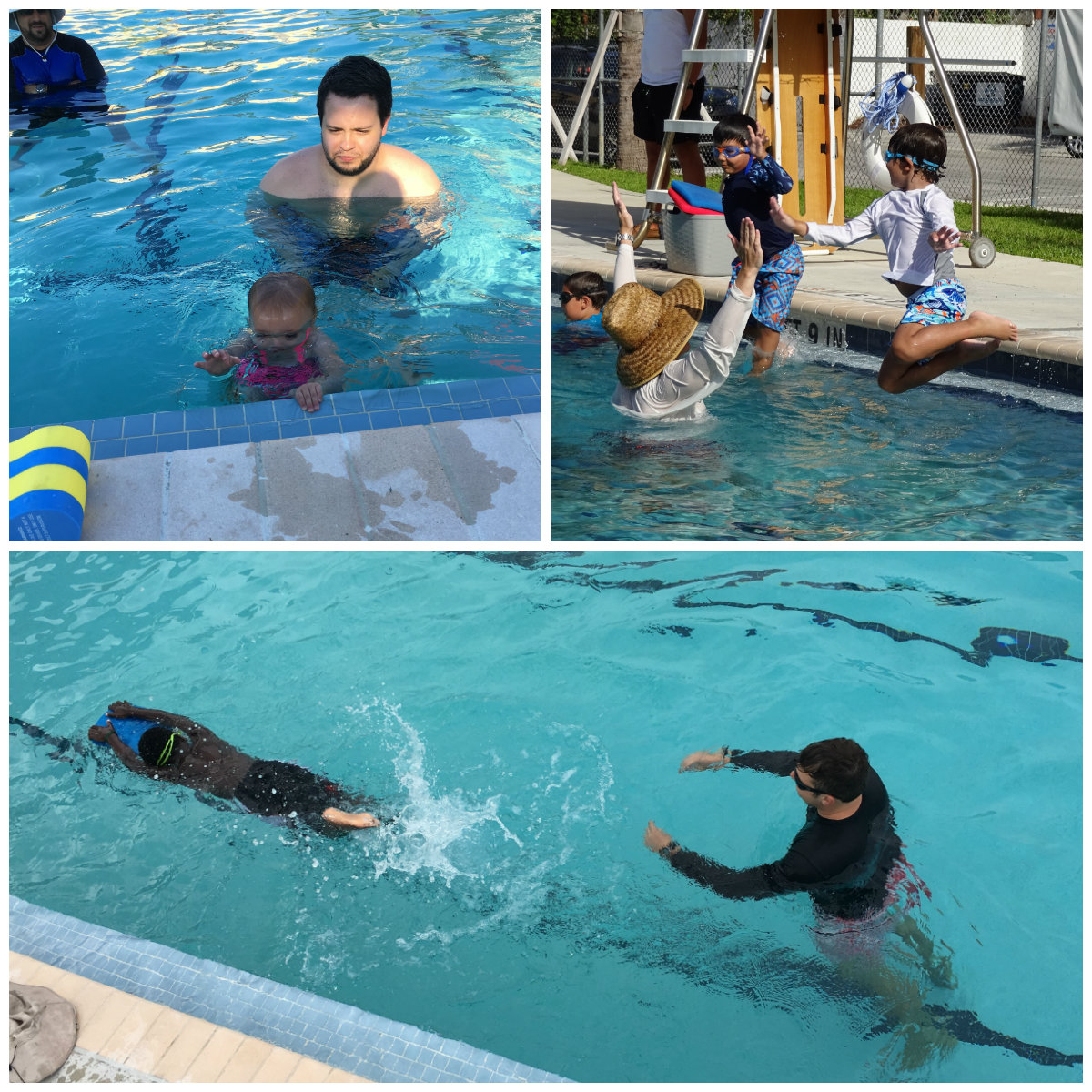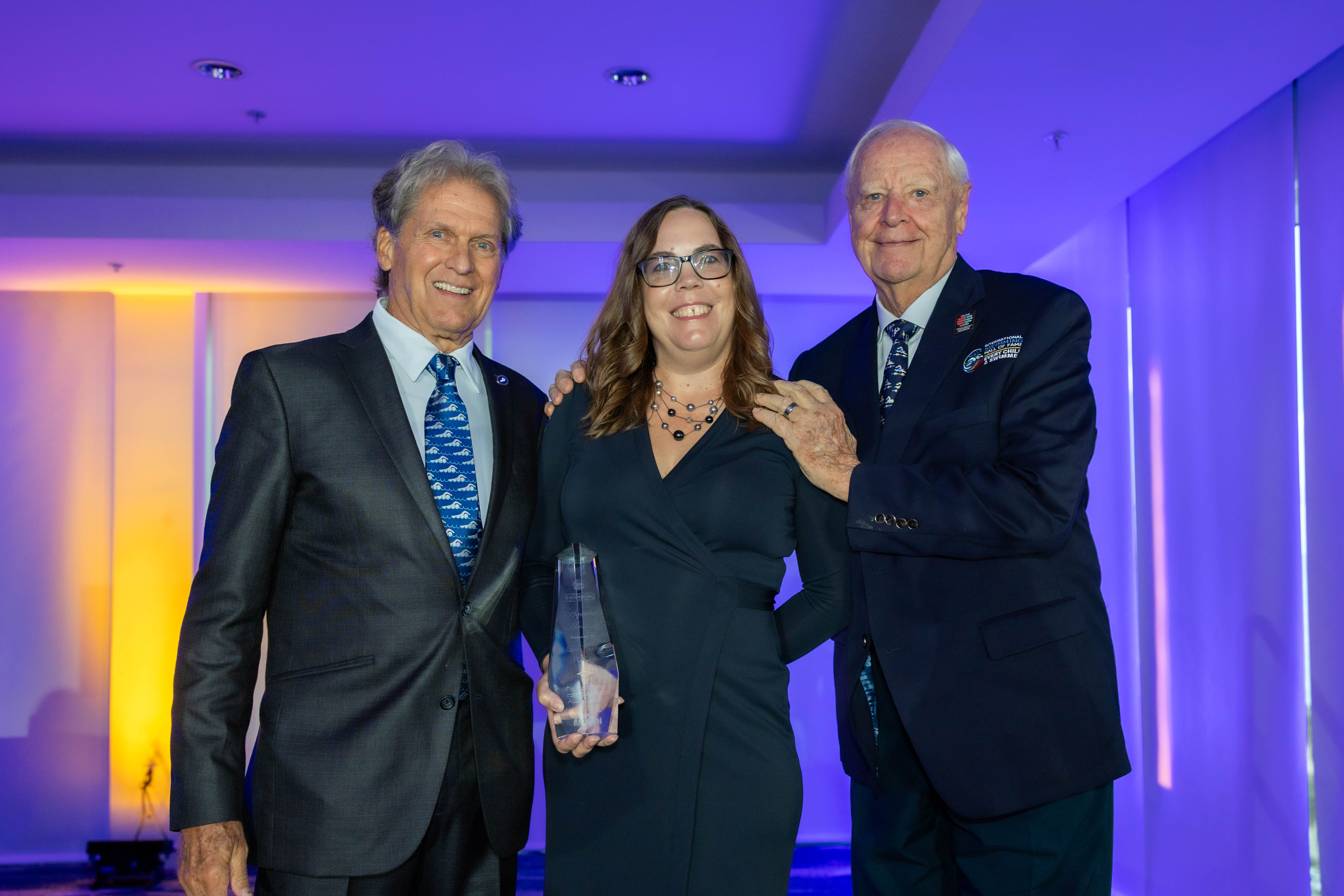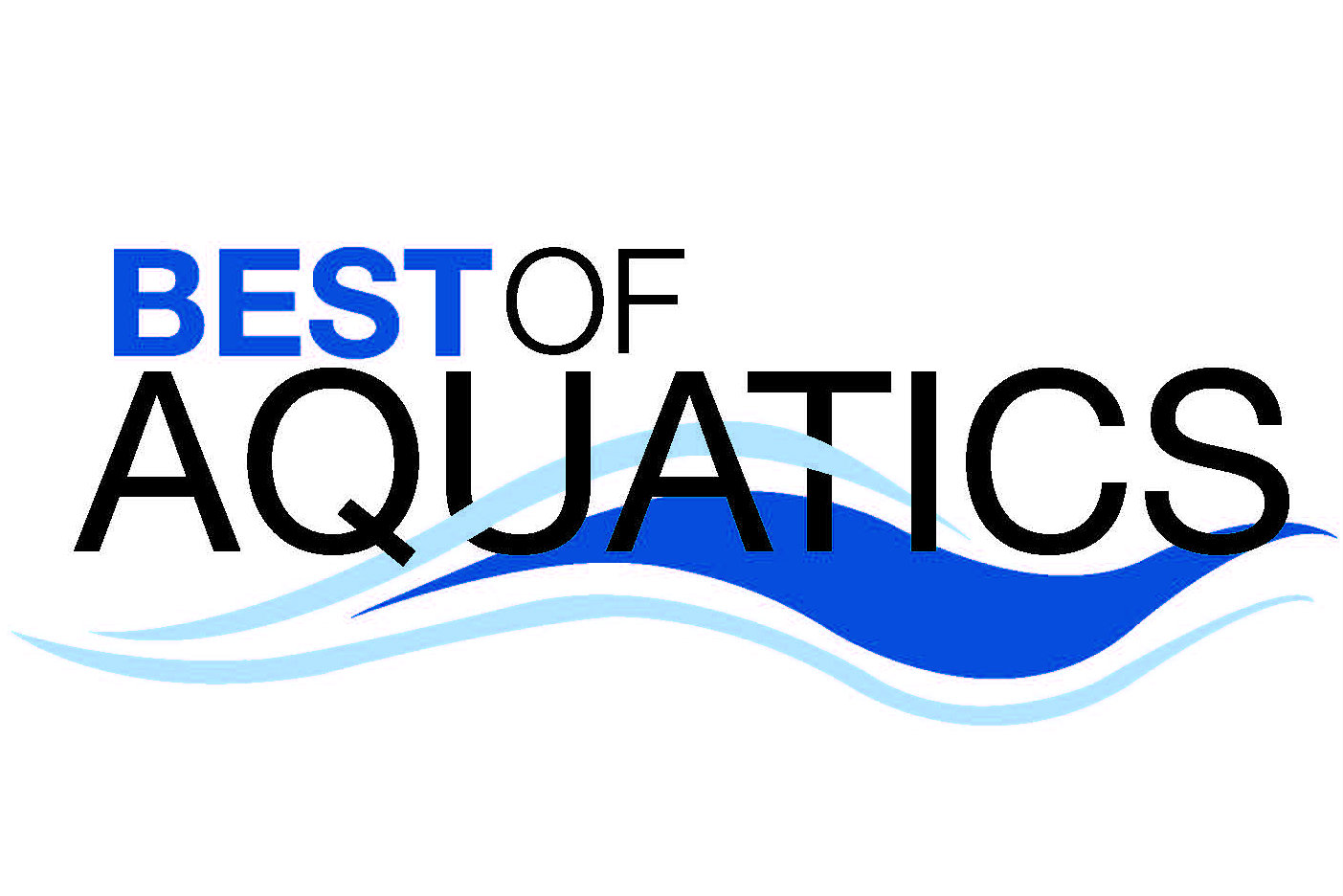HIGHLIGHTS
° A program targeting low-income urban families is aimed at reducing the serious risk of drowning among children with ready access to water.
° A reduction, and in some cases the elimination, of fees makes the program more accessible.
° Adding a swim class option to after-school and summer-camp programs has boosted attendance.
Goals and challenges
Before South Miami Parks and Recreation opened the Murray Park Aquatic Center in 2014, there was no neighborhood pool where kids in the 10-block area could learn to swim.
In a county with more than 35 miles of beaches, hundreds of canals and countless pools, the lack of access to learn-to-swim programs was a big deal. In fact, Florida loses more children under 5 to drowning than does any other state, says Courtney Clay, a recreation supervisor for programs and aquatics with the department.
Teaching children to swim is the center’s chief goal. “That, along with having open swim for kids, but it’s hard to have open swim when you don’t know how to swim,” Clay says.
Getting the word out with a slim marketing budget and a small staff are among the Aquatic Center’s biggest challenges. It’s the old chicken-or-egg conundrum. “Well, we need more programming. It needs to be popular first. But how do we make it more popular if we don’t have more programming to offer?” Clay says.
How they did it
Initially, the program served fewer than 60 all season because there were few swim instructors.
In 2016, the Aquatic Center took a different tack. In partnership with a private company, iSwim Academy, the city designed a program for group and private lessons focused on survival swimming for children of all ages. Group lessons placed a maximum of five students per instructor and gave them 10 lessons over a two-week span.
Group lessons are $60 per child, but a city assistance program called Swimmers Support cut that in half — to just $3 per lesson — and, Clay says, some children have since been able to take classes for free.
There are up to 15 children in the pool at once, in different levels based on skills. About 170 kids have been served this season. Water aerobics, open swim time, and special events such as “Dunkin’ for Pumpkins” round out the schedule.
Many children in the community attend the city’s after-school and summer camp programs across the park from the Aquatic Center. Parents who sign up their children for these programs also can register them for swim lessons. To help assure working parents that their children are in safe hands, those enrolled in both programs are escorted to the pool by camp counselors. The affects are tangible: Swim registration has increased 83 percent — which the aquatics staff attributes directly to these new programs and the fee reductions.



